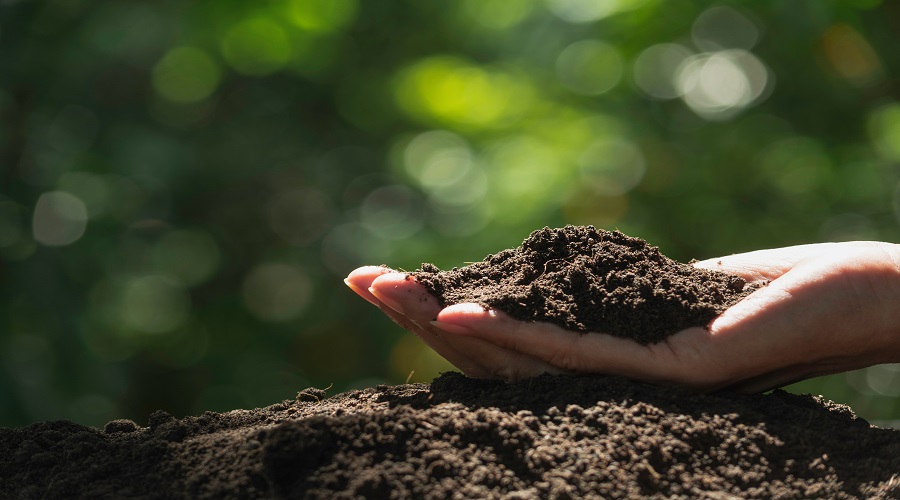The agricultural sector is responsible for about 75% of the total global consumption of water. Global climate changes are predicted to have a substantial influence on agroclimatic model projections, evidenced by both a considerable decrease in rainfall and a temperature increases between 0.5 and 2°C by the year 2100. These changes could encourage a reconversion of agronomic methods in order to meet the increasing demands for high-quality and quantity of food for the expanding global population. In this scenario, drought has emerged as one of the major abiotic stresses and is considered the strongest environmental stress that limits plant growth and reduces crop productivity. Due to drought, yield reductions have been reported in the order of 21 to 40%, from 1980 to 2015, for wheat (Triticum aestivum) and maize (Zea mays) productions.
For these reasons, novel agricultural techniques must be implemented to boost resistance to climatic fluctuations, such as introducing new crop species or improve water use efficiency. One of the most important questions to be addressed is how to use less water, however maintaining the current plant production yields, or even increase them.
An alternative that has generated much interest in recent years is the use of plant growth-promoting (PGP) microorganisms as inoculants (biofertilizers) in agricultural plants.
Soil and rhizosphere microorganisms as allies
PGP microorganisms are found in the natural ecosystems, where crops are grown, characterising their own ecological niches and establishing symbiotic relationships with the plant itself. The most relevant PGP microorganisms come from the soil. In particular, a unique microbial core is defined in the proximity of plant roots, known as the rhizosphere.
The sustainable development of agriculture is mediated by biotic and abiotic factor and the rhizosphere is a key environment that could be considered the common ground between both. The rhizosphere health is related to the tight interactions with PGP microbial communities, that modulate the resistance to plant pathogens and select for specific health promoting functions. In this complex and dynamic microenvironment, rhizosphere acts in mediating the selection of organisms that interact with the host plant.
Due to its complexity, the rhizosphere can be described as a holobiont assemblage formed by the association of the plant host and the microbial communities associated with the roots most proximal soil. In this ecological niche, key factors shaping the interactions and signalling at the holobiont level are the availability of oxygen, nutrients, water and exudates from plant roots, (so called rhizodeposits)
Plant growth-promoting microorganisms: a concrete solution
Numerous works have demonstrated the important role played by rhizosphere microorganisms in plant growth, highlighting those with PGP capacity. PGP microorganisms can influence several biochemical and molecular mechanisms related to the nutrient uptake, the plant pathogen suppression and the phytohormones production, showing potential benefit to plant growth and a promising use as bioinoculants. Some of these microorganisms are also involved in the production of secondary metabolites, thus promoting carbon sequestration, nitrogen fixation, nutrient cycling, and phosphorus solubilization.
Under stress conditions, such as drought, salt, and poor nutrient availability, the proper functioning of the holobiont is essential for the development and growth of the plant and, thus, for improving its tolerance and nutrient-obtaining capacities.
In summary, the ecological relationship between the rhizosphere and PGP microorganisms is essential for the growth, nutrition, and quality of crops, both under favourable and stress conditions. This relationship becomes even more important in a context of climate change, where interactions at the rhizosphere level play a fundamental role in the health of crops and ecosystem functioning. In this context, PGP microorganisms can be considered as an emerging tool to face the issues of the food-system production in climate change scenarios.
The TRIBIOME project coherently fits into the described scenario with the ambition of defining the impact of these stressful conditions on microbiomes in agriculture and assessing the effectiveness of new modulators for both a more sustainable production and human health.
Want to know more?
Contact catherine.malingreau@wagralim.be or Follow the project’s LinkedIn page

